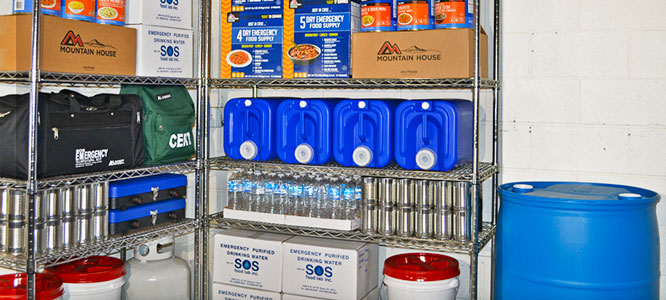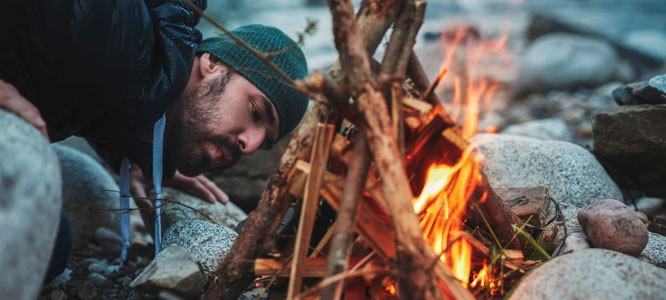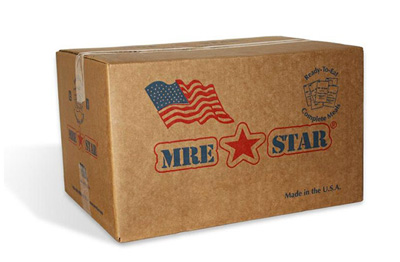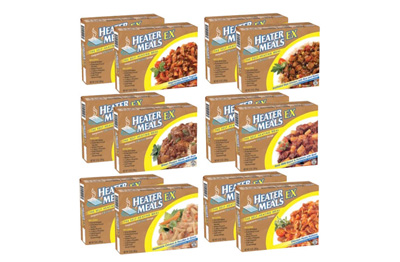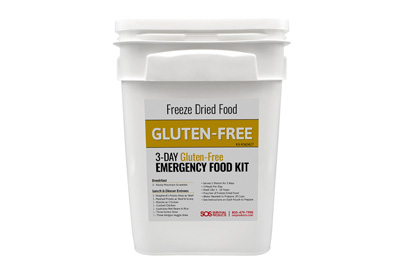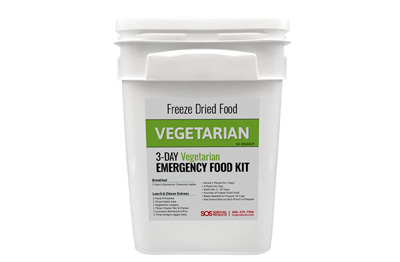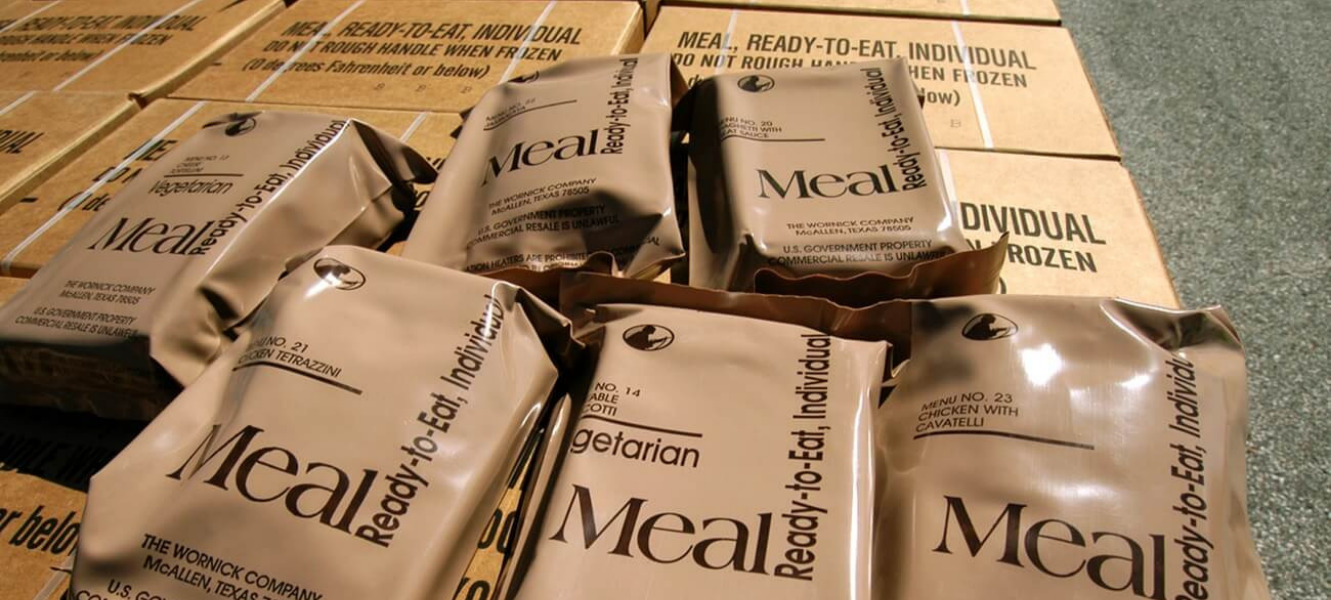
What Does MRE Stand For?Saturday, November 20, 2021 The abbreviation MRE stands for Meal Ready to Eat. An MRE is a self-contained complete meal that can be eaten in field conditions without preparation or refrigeration. The ready-to-eat entrees and main course are sealed in plastic pouches and include an entrée (such as beef stew), side dishes (such as rice), bread products (a cracker pack), and beverages (such as fruit drink mix) to make one complete meal. Most of these meals require water to prepare them. Some require nothing but boiling water, while others need hot water poured over them before eating. MRE HistoryThe Meal Ready to Eat was developed by the United States military in 1982 for use during extended field operations as military rations to the troops and other service members, such as those during the Gulf War of 1990-1991. Though cold storage has been used since World War II (to preserve perishable items) and even canning (dating back to Civil War times), the fact that these storage techniques required refrigeration presented problems. MREs are intended for use in situations where refrigerated storage is not available, such as during combat, on the water, or at remote campsites. The MRE has been consumed by humans for 30 years while it's still going strong in the military today. MRE InfoThe U.S. Military MREs are designed for three main meals (although they can be divided into six smaller meal packs depending on the occasion). They're generally supplemented with gum, beverage powders, and candy to provide extra calories and carbs for energy if necessary, which also helps lubricate the digestive tract. MREs are designed to deliver an average of 1,250 calories per meal, as recommended for the average adult. The 2000 calorie diet is based upon a 154-pound person consuming 2000 calories per day, with other calorie requirements being higher or lower depending on the desired weight and height. MREs were first used in 1981 by the Army in Grenada and have been used regularly by the armed forces since then. MREs are designed to be eaten hot or cold, although most troops prefer them hot. They're prepared by adding water inside a self-sealing bag and kneading to break up the food particles until they become a liquid mixture called a slurry. The bag is then knotted at the top and set aside for about 10 minutes. If it's cooled enough, it can be eaten right away, but if not, it should be allowed to cool down until thickened before opening. MREs are usually vacuum-packed in a heavy-duty plastic bag with an aluminum-lined heat strip to keep them warm, or cold if they're for summer use or high altitude operations. MRE Nutritional BenefitsThe U.S. Military MRE contains between 1,200 and 2,000 calories with about 40 percent of the daily allowance coming from fat (about 65-75 grams). Because MREs are meant for emergency use, packers are careful to include only high-quality ingredients which have a three-year shelf life. All of the food components have been scientifically tested for nutritional value and taste before being approved by the U.S. Army. The Army Food Laboratory has worked with several universities to come up with nutritional standards so the MREs contain the necessary nutrients for an active soldier's diet. MREs are required to meet the following nutrition guidelines:
Other nutritional facts about MREs:
Organized Food FacilitiesFor catering operations and other food operations that support a commander, these facilities store, prepare, and serve meals/operational rations to subordinate units or organizations on a reimbursable basis. Some also provide food services to the general public. How Many Different Types of MREs Are There?Meal, Cold WeatherThe Meal, Cold Weather is one of the main menus used by the military because it provides a lot of energy from balanced carbohydrates and fats. Meals, cold weather contains fresh bread items such as biscuits, muffins, or tortillas; spreads such as peanut butter or cheese spread; main entrée items such as ham slices in barbecue sauce or beef strips in mushroom gravy; and powdered beverages and snacks. Meal, Oven (Cook-Chill)This is the main menu item that provides high-quality energy from the use of fresh meats, bread, and vegetables. The Meal, Oven (Cook-Chill) is specially packed to retain its shelf-life in a variety of temperatures. It's cooked at a commissary under sanitary conditions and then immediately frozen. When an order is received, the individual packages are removed from a freezer and placed in a heated oven. Meal, Heat & ServeThis is a one-pot meal that contains a main entrée with sauce or gravy, bread or crackers, dessert, and beverage powder. It serves four people and is ready to eat right out of the pouch. Meal, Hot BreakfastHot Breakfast is a one-pot meal of bacon and eggs with biscuits, coffee cake, and a beverage powder. It can be prepared by just adding water to the packaged ingredients contained inside the pouch. It serves four people. Meal, Cold Weather Menu LeaderThe Meal, Cold Weather Menu Leader contains highly nutritious, easily prepared meals that require no refrigeration or preparation and little or no water for consumption. The package includes five separate menus, a total of 18 meals, packaged for three days. Each bag contains one breakfast, one lunch, and two dinners. All the components in all six menus are interchangeable. The entire meal bag weighs only two pounds, three ounces, and measures 7 by 12 by 17 inches in size. Meal, Cold Weather Replacement ComponentThe Meal, Cold Food Replacement Component contains a variety of cold-weather meals high in carbohydrates and protein. The ration provides a lot of energy from balanced carbohydrates and proteins, which helps the body stay warm in cold climates. It is packaged for a three-day carry or 72 hours' worth of field feeding. Each bag contains one breakfast, one lunch, and two dinners. All the components in all six menus are interchangeable. Meal, Hot Breakfast Replacement Component (HE)The Meal, Hot Breakfast Replacement Component is a compact ration for one-pot meals that serves four people. This field feeding program contains all essential vitamins and minerals, carbohydrates, and fats for energy that an average soldier needs in a day. The package contains four breakfast meals, each with components such as eggs and meat, biscuits and gravy, bacon and eggs, and pancakes and syrup. All the components in all six menus are interchangeable. Meal, Hot Breakfast (H)The Meal, Hot Breakfast is the main menu item that provides high-quality energy from the use of fresh meats, bread, and vegetables. It's specially packed to retain its shelf life in a variety of temperatures. It's cooked at a commissary under sanitary conditions and then immediately frozen. When an order is received, the individual packages are removed from a freezer and placed in a heated oven. Meal, Cold (SOS)The Meal Cold (SOS), or Shit on a Shingle, is one of the Army's most well-known field rations. It consists of an individual tray containing dehydrated beef mixed with gravy and biscuits. These components are combined at the time of consumption from the individual components in their waterproof packets. Meal, Hot Emergency Food RationThe Meal, Hot Emergency Food Ration is an individualized field feeding ration that provides high-quality energy from the use of fresh meats, bread, and vegetables. The ration provides quality energy from balanced carbohydrates and proteins, which helps the body stay warm in cold climates. It's packaged for a three-day carry or 72 hours' worth of field feeding. Each bag contains one breakfast, one lunch, and two dinners. All the components in all six menus are interchangeable. It can be used as a supplement to the Meal, Cold Emergency Food Ration. Meals Rejected by the EnemyThe title "Meals Rejected by the Enemy" refers to a name given to the food as a joke among US soldiers and spread by military reporters, where the meal is so repulsive that it had previously been thrown away by the enemy before being re-bagged for one's consumption. FAQHow long does an MRE last?An MRE is designed to have a shelf-life of three and a half years, but as MREs are often used in disaster relief, their shelf-life can be reduced to two and a half years. MREs should be kept at room temperature (no higher than 100 degrees Fahrenheit). If they're exposed to sunlight or heat, all kinds of things that would otherwise be stable in the MRE will start breaking down. How do you store an MRE?MREs should be stored in a cool, dry place. They can be stored almost anywhere dry and away from sunlight or heat sources - just keep them out of extreme heat or cold. Once you open an MRE bag, the storage time will depend on the other items in the MRE. For example, if there are chocolate bars in the MRE, the shelf-life will be reduced. Is it illegal to buy an MRE?No. No law in the United States prohibits you from purchasing and eating MREs. You can order them online or buy them at a local surplus store or at SOS Survival Products. Many people purchase them because they're great for camping, hiking, hunting, fishing, or just enjoying nature. They're also very affordable which makes them a great option. MREs are a legal food source for civilians; there's nothing illegal or immoral about buying ex-military MREs. |


